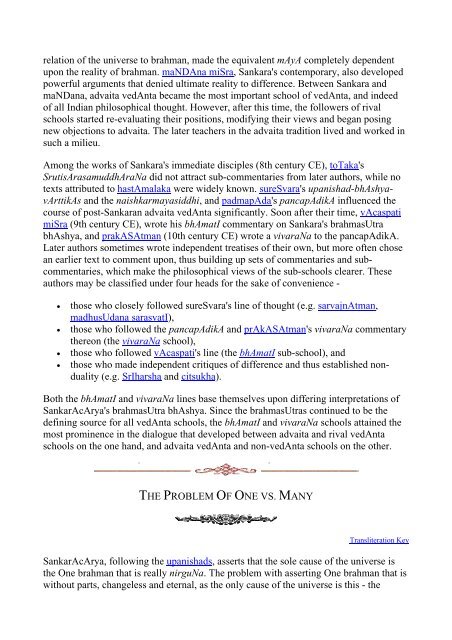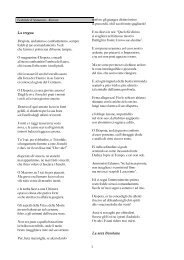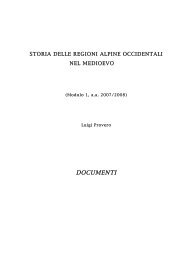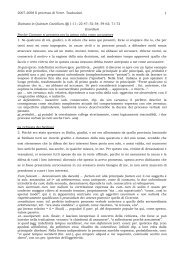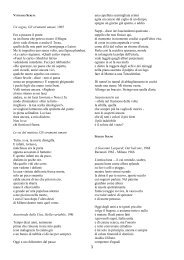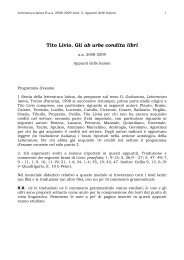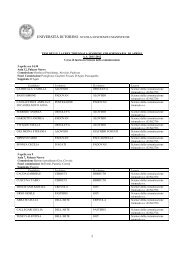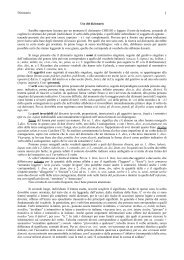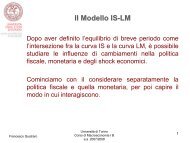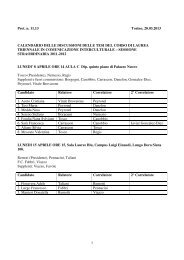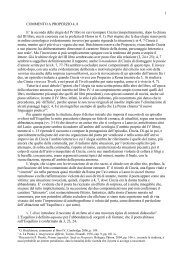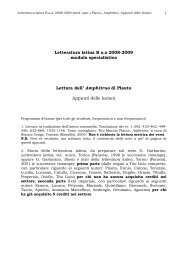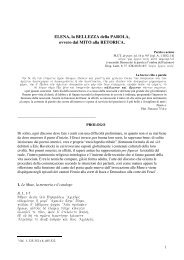ajAti vAda
ajAti vAda
ajAti vAda
Create successful ePaper yourself
Turn your PDF publications into a flip-book with our unique Google optimized e-Paper software.
elation of the universe to brahman, made the equivalent mAyA completely dependent<br />
upon the reality of brahman. maNDAna miSra, Sankara's contemporary, also developed<br />
powerful arguments that denied ultimate reality to difference. Between Sankara and<br />
maNDana, advaita vedAnta became the most important school of vedAnta, and indeed<br />
of all Indian philosophical thought. However, after this time, the followers of rival<br />
schools started re-evaluating their positions, modifying their views and began posing<br />
new objections to advaita. The later teachers in the advaita tradition lived and worked in<br />
such a milieu.<br />
Among the works of Sankara's immediate disciples (8th century CE), toTaka's<br />
SrutisArasamuddhAraNa did not attract sub-commentaries from later authors, while no<br />
texts attributed to hastAmalaka were widely known. sureSvara's upanishad-bhAshyavArttikAs<br />
and the naishkarmayasiddhi, and padmapAda's pancapAdikA influenced the<br />
course of post-Sankaran advaita vedAnta significantly. Soon after their time, vAcaspati<br />
miSra (9th century CE), wrote his bhAmatI commentary on Sankara's brahmasUtra<br />
bhAshya, and prakASAtman (10th century CE) wrote a vivaraNa to the pancapAdikA.<br />
Later authors sometimes wrote independent treatises of their own, but more often chose<br />
an earlier text to comment upon, thus building up sets of commentaries and subcommentaries,<br />
which make the philosophical views of the sub-schools clearer. These<br />
authors may be classified under four heads for the sake of convenience -<br />
• those who closely followed sureSvara's line of thought (e.g. sarvajnAtman,<br />
madhusUdana sarasvatI),<br />
• those who followed the pancapAdikA and prAkASAtman's vivaraNa commentary<br />
thereon (the vivaraNa school),<br />
• those who followed vAcaspati's line (the bhAmatI sub-school), and<br />
• those who made independent critiques of difference and thus established nonduality<br />
(e.g. SrIharsha and citsukha).<br />
Both the bhAmatI and vivaraNa lines base themselves upon differing interpretations of<br />
SankarAcArya's brahmasUtra bhAshya. Since the brahmasUtras continued to be the<br />
defining source for all vedAnta schools, the bhAmatI and vivaraNa schools attained the<br />
most prominence in the dialogue that developed between advaita and rival vedAnta<br />
schools on the one hand, and advaita vedAnta and non-vedAnta schools on the other.<br />
THE PROBLEM OF ONE VS. MANY<br />
Transliteration Key<br />
SankarAcArya, following the upanishads, asserts that the sole cause of the universe is<br />
the One brahman that is really nirguNa. The problem with asserting One brahman that is<br />
without parts, changeless and eternal, as the only cause of the universe is this - the


